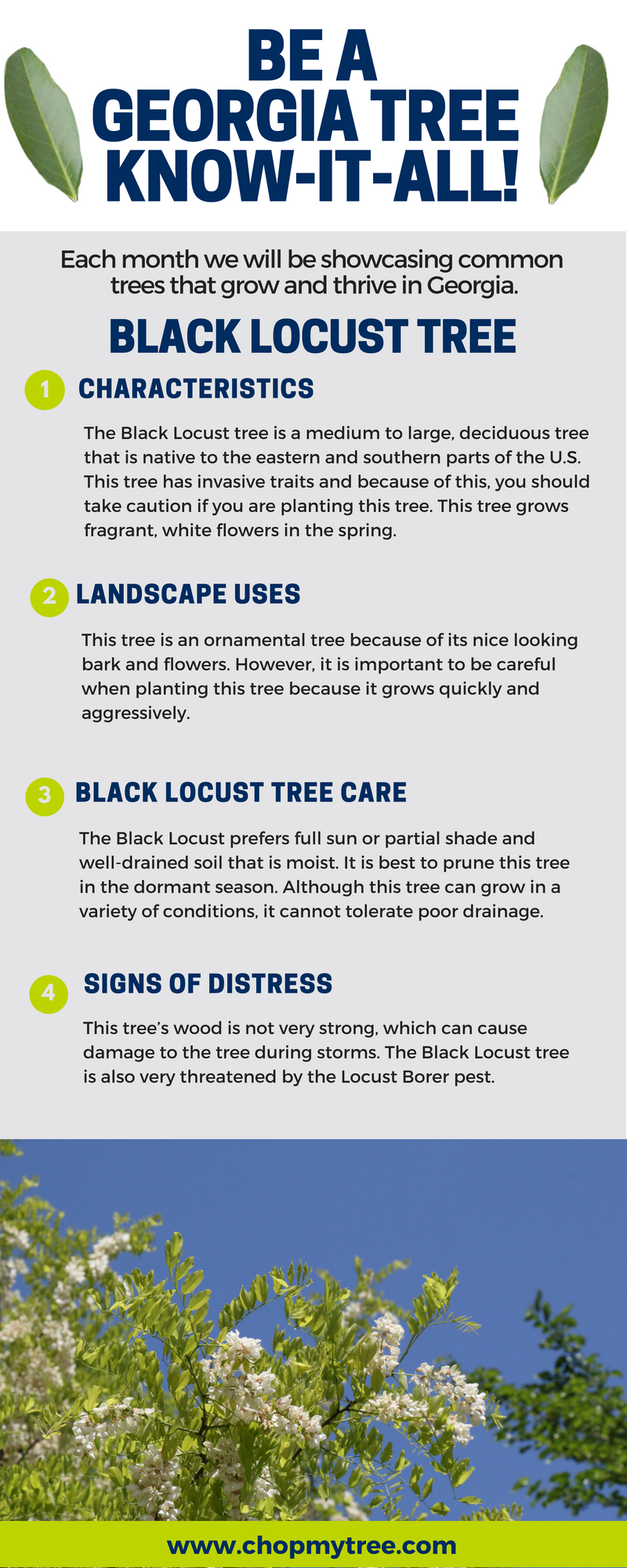The Environmental Impact Of Stump Grinding: A Sustainable Solution For Effective Land Management
The Environmental Impact Of Stump Grinding: A Sustainable Solution For Effective Land Management
Blog Article
Written By-
When it involves land management, have you taken into consideration the lasting benefits of stump grinding? By dealing with the residues left after tree elimination, this technique not just help in dirt wellness improvement yet also plays an important duty in protecting against disintegration and supporting biodiversity. learn this here now of stump grinding extend far beyond mere appearances, supplying a lasting service that harmonizes with nature's elaborate systems.
Dirt Health Renovation
Looking to improve the top quality of your dirt? Stump grinding can be a game-changer for enhancing dirt health on your residential property. By getting rid of old tree stumps, you're creating space for new growth and enabling vital nutrients to return to the dirt.
As the stumps break down over time, they launch raw material, enhancing the soil and advertising much better plant growth.
Additionally, stump grinding helps to aerate the soil, allowing for far better water infiltration and root growth. Compressed soil can prevent plant growth and water absorption, but by grinding stumps, you're loosening the soil and creating a healthier atmosphere for your plants.
In cost of trees , stump grinding can also aid to stop insect infestations and conditions that old stumps may attract. By getting rid of these potential dangers, you're producing a more secure and more productive landscape.
Erosion Avoidance
To avoid dirt disintegration successfully, stump grinding plays a crucial role in preserving the stability and honesty of your land. By eliminating unattractive stumps from your building, you're additionally lowering the danger of erosion brought on by water overflow. Stump grinding eliminates barriers that can disrupt the natural circulation of water across your land, protecting against dirt erosion while doing so.
When stumps are left untouched, they can work as barriers to water flow, causing soil to get rid of throughout heavy rainfalls. This disintegration not just harms your land yet likewise adds to sedimentation in nearby water bodies, damaging marine communities.
Stump grinding helps to prevent these concerns by leveling the ground and advertising proper water drainage, lowering the likelihood of disintegration.
Biodiversity Assistance
Keeping healthy and balanced biodiversity on your land is essential for producing a flourishing community. By using stump grinding as a sustainable land management method, you can dramatically sustain biodiversity.
Stump grinding aids promote biodiversity by producing new environments for different plant and pet varieties. The removal of stumps enables the regeneration of native greenery, which in turn draws in a varied range of wildlife. Bugs, birds, and little creatures flourish in these freshly available areas, contributing to the general biodiversity of your land.
In addition, stump grinding aids prevent the spread of diseases and pests that can damage plant varieties, thus securing the ecological balance on your residential property. By removing old stumps, you produce space for new plant development, which enhances the total health and wellness of the ecological community.
This healthier setting sustains a wider selection of types, advertising biodiversity and developing a much more resistant environment in the long-term. Embracing stump grinding as part of your land management approach can have long lasting positive impacts on the biodiversity of your land.
Final thought
By using stump grinding as a sustainable approach to land management, you can boost soil health, prevent erosion, and support biodiversity. This environmentally friendly technique not only benefits the environment yet additionally promotes the growth of greenery and develops habitats for different plant and pet species. Make a favorable influence on the environment by incorporating stump grinding into your land management practices.
